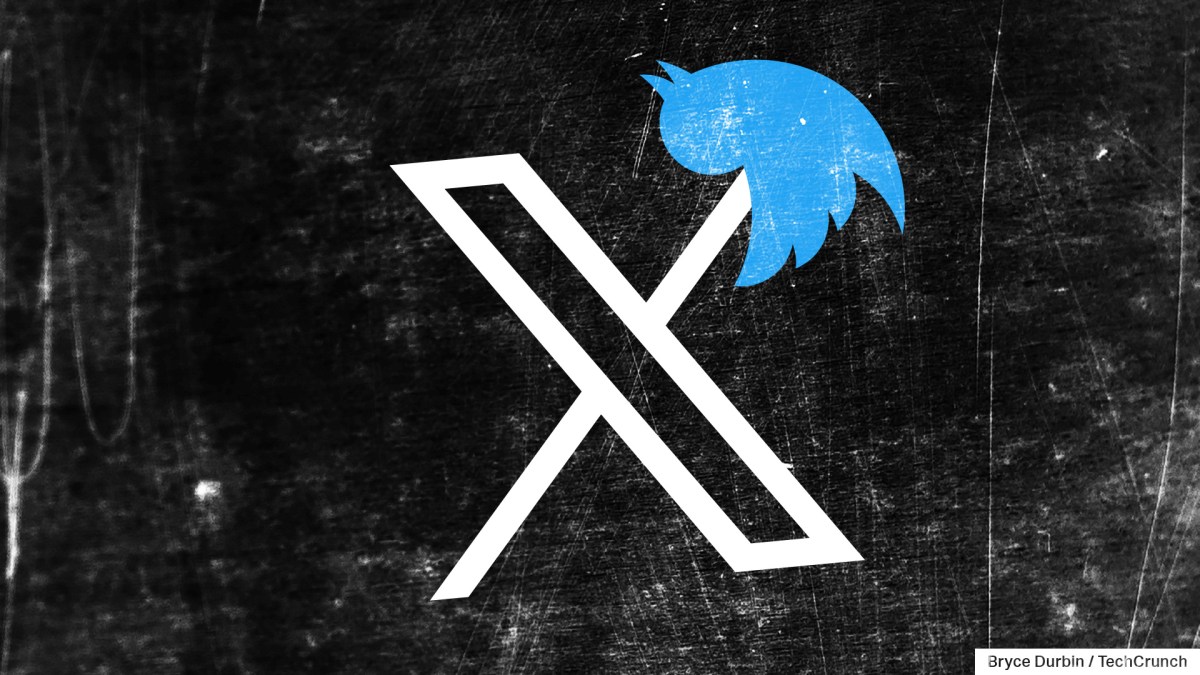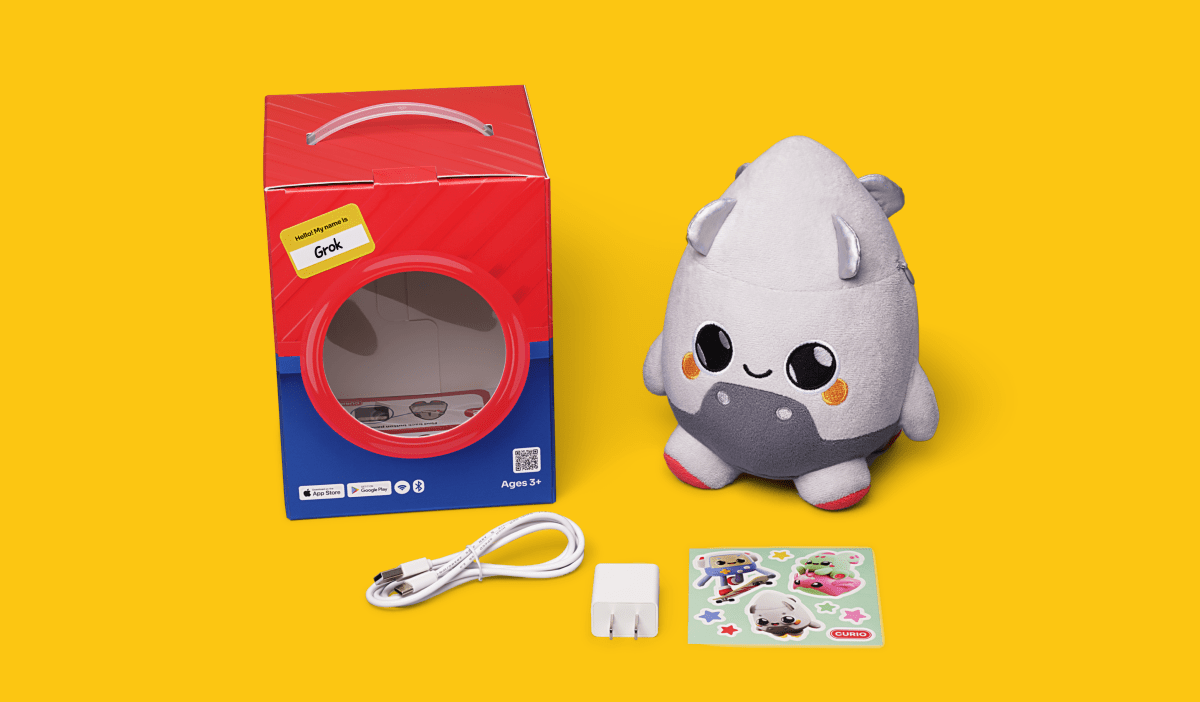What Is a Retail Store Management System and How Does It Work?

A retail store management system is a software solution that streamlines various retail operations, such as inventory management and sales processing. It integrates crucial functions like real-time inventory tracking and sales reporting, which automate processes and reduce errors. By maintaining ideal stock levels and providing insights through analytics, this system improves overall store performance. Comprehending how these systems work can greatly impact your business operations and customer satisfaction, but there’s much more to explore regarding their features and benefits.
Key Takeaways

- A retail store management system is software designed to streamline and automate retail operations, enhancing efficiency and customer satisfaction.
- It integrates functions like inventory tracking, sales reporting, and employee management for improved store performance.
- Real-time inventory management prevents stock issues and ensures accurate stock levels through automated reordering and advanced analytics.
- The system supports POS integration, providing real-time updates on inventory post-sales and insights into customer purchasing behavior.
- Customer relationship management tools enhance personalized service and tailored promotions based on detailed customer data and interactions.
Definition of a Retail Store Management System

A Retail Store Management System is an essential software solution that helps retailers manage and optimize their operations efficiently.
This system encompasses various retail management systems, including grocery store management software, designed to streamline tasks like inventory management and sales processing. By automating key processes such as point-of-sale transactions and inventory tracking, you’ll greatly reduce manual errors and improve operational efficiency.
The system also provides real-time visibility into stock levels and sales data, allowing you to make informed decisions. Furthermore, it often features customer relationship management (CRM) tools, enabling you to track customer preferences and tailor your marketing efforts.
In the end, a retail store management system integrates these functions, boosting overall store performance and customer satisfaction.
Core Functions of a Retail Store Management System

Retail store management systems encompass several core functions that greatly boost the efficiency of store operations. These systems automate key processes, making daily tasks smoother and more accurate.
Key features include:
- Inventory tracking: This guarantees real-time updates on stock levels, reducing manual errors during sales.
- Sales reporting: Advanced analytics allow you to monitor sales trends and optimize inventory and marketing strategies effectively.
- Employee management: Streamlined scheduling and performance tracking improve staff productivity and customer service quality.
Additionally, integrating retail marketing software helps you understand customer purchasing behavior, enabling personalized promotions and better service.
Importance of Retail Store Management Systems in Modern Retail
In today’s retail environment, a Retail Store Management System (RMS) plays an essential role in streamlining operations and enhancing inventory management.
By integrating various functions, such as point-of-sale transactions and stock tracking, you can greatly improve efficiency, ensuring that your store runs smoothly as you keep costs in check.
Additionally, effective inventory management allows you to maintain ideal stock levels, reducing the risk of stockouts and improving overall customer satisfaction.
Streamlining Operations Efficiency
Effective management of retail operations hinges on the implementation of a robust store management system, which can greatly improve efficiency. These systems automate inventory tracking and sales reporting, considerably reducing manual errors and saving valuable time.
With real-time inventory visibility, you can prevent stockouts and overstocking, ensuring products are always available to meet customer demand. Furthermore, the integration of customer relationship management (CRM) tools improves customer interactions by allowing personalized marketing efforts based on purchasing patterns.
- Automates routine tasks to minimize errors
- Provides insights to optimize staffing and scheduling
- Boosts customer loyalty through targeted marketing
Enhancing Inventory Management
When you implement a retail store management system, you’ll discover considerable improvements in inventory management that are crucial for modern retailers.
These systems provide real-time tracking of stock levels, preventing stockouts and overstocking through automated alerts and reordering processes. By utilizing advanced analytics, you can forecast demand accurately, enhancing your inventory turnover rates and reducing carrying costs.
Integrating RFID technology allows for simultaneous scanning of products, greatly shortening inventory counting time. Effective inventory management guarantees superior stock levels, maintaining product availability, which promotes customer satisfaction and retention rates.
Furthermore, these systems streamline inventory processes by automating data collection and reporting, making your decision-making and strategic planning in inventory control more efficient and effective.
Key Features of Retail Store Management Systems

In a Retail Store Management System, key features like inventory management automation and sales reporting insights play an essential role in streamlining operations.
By automating inventory control, you can maintain accurate stock levels, reducing the risk of overstocking or stockouts.
Furthermore, real-time sales reporting provides valuable insights into your business performance, helping you make informed decisions that drive efficiency and profitability.
Inventory Management Automation
Inventory management automation is a crucial component of retail store management systems, as it allows you to track stock levels in real time, preventing issues like stockouts and overstocking that can negatively impact sales and increase costs.
With automated reordering, you can set thresholds that trigger restock alerts, ensuring popular items stay available. Integrating your inventory system with POS improves accuracy, minimizing manual entry errors.
Key features include:
- RFID Journal for automated inventory audits using RFID technology, cutting down time spent on stocktaking.
- Advanced inventory analytics that provide insights into sales trends, aiding in demand forecasting.
- Seamless updates of inventory records as sales occur, ensuring you always have accurate stock information.
Sales Reporting Insights
Sales reporting insights are essential for any retail store management system, as they provide real-time data that helps you assess sales performance and identify trends.
These systems generate detailed reports that analyze customer buying behaviors, allowing you to create targeted marketing strategies and manage inventory effectively.
By tracking key performance indicators (KPIs) such as sales volume and revenue per product line, you can make informed decisions that boost profitability.
Advanced analytics features likewise enable you to forecast future sales based on historical data, optimizing stock levels and reducing the risks of overstocking or stockouts.
With easy access to historical sales data, you can adjust strategies and operations to improve your store’s overall performance and responsiveness to market demands.
Inventory Management Capabilities

Effective inventory management is crucial for retail success, as it directly impacts customer satisfaction and profitability. A retail store management system (RMS) streamlines this process with robust features.
- Real-time tracking guarantees you have accurate stock levels, preventing stockouts.
- Automated reordering triggers stock replenishment based on predefined thresholds, reducing manual work.
- Advanced analytics help you analyze stock turnover rates and forecast demand, enabling informed purchasing decisions.
Additionally, RMS can scan multiple products simultaneously using RFID technology, making inventory audits quicker and boosting productivity.
By centralizing data across locations, you gain valuable insights into stock quantities and assortments, allowing you to manage product colors, sizes, and models effectively.
This all-encompassing approach guarantees you meet customer demands during maintaining efficient operations.
Point-of-Sale Integration

When you integrate a point-of-sale (POS) system into your retail store management system, it automates transaction processing and guarantees that inventory and financial records are updated in real-time. This integration minimizes manual entry errors and enables seamless coordination between sales and inventory management. As each sale occurs, stock levels are accurately reflected immediately, improving operational efficiency.
Here’s how POS integration can benefit your retail operations:
| Feature | Benefit |
|---|---|
| Real-time Inventory Updates | Accurate stock levels after sales |
| Sales Data Analysis | Insights into customer purchasing |
| Multi-store Support | Centralized management across locations |
| Improved Checkout Speed | Enhanced customer experience |
| Error Reduction | Fewer manual entry mistakes |
Effective POS integration ultimately leads to increased customer satisfaction, boosting loyalty and sales.
Customer Relationship Management Features

As you explore the Customer Relationship Management (CRM) features within a Retail Store Management System (RMS), you’ll discover tools intended to improve your comprehension of customer behavior and preferences.
These features help you store and analyze customer data, enabling targeted marketing efforts. Integrated loyalty programs manage rewards, points, and discounts, promoting repeat purchases. By tracking customer interactions and feedback, you can personalize service, leading to improved satisfaction and brand loyalty.
- Streamlined communication nurtures stronger customer relationships.
- Customized promotions based on individual buying habits increase engagement.
- Insights from sales reports help identify key trends in customer behavior.
Utilizing CRM features effectively can boost retention and eventually drive your business’s success.
Analytics and Reporting Tools

Analytics and reporting tools within a Retail Store Management System (RMS) offer crucial insights that can transform your business operations. These tools provide real-time access to sales data, allowing you to track key performance indicators (KPIs) like sales trends and inventory turnover. With data visualization through dashboards, you can easily identify patterns, making informed decisions to optimize inventory and marketing strategies. For instance, by analyzing customer purchasing habits, you can tailor promotions to boost sales. Furthermore, advanced reporting helps forecast future sales, managing stock levels efficiently to reduce costs and prevent stock issues. Overall, integrating these tools improves operational efficiency by streamlining data collection.
| KPI | Importance | Impact on Business |
|---|---|---|
| Sales Trends | Identifies growth areas | Increases revenue |
| Customer Behavior | Improves marketing | Boosts customer loyalty |
| Inventory Turnover | Optimizes stock levels | Reduces carrying costs |
Employee Management and Scheduling

Effective employee management and scheduling are crucial components of a Retail Store Management System (RMS), as they help streamline operations and improve workforce productivity. By automating shift planning, you reduce manual errors and save time when assigning staff.
The system offers real-time visibility of schedules, allowing for quick adjustments during peak shopping periods or in response to absenteeism.
Key benefits include:
- Tracking employee performance metrics, such as sales productivity and customer service ratings, which aids in evaluations and training.
- Sending automated notifications and reminders for shift changes, ensuring staff are informed and prepared.
- Integrating with payroll systems to simplify tracking hours worked, leading to timely and accurate compensation.
This efficiency improves overall operational effectiveness.
Multi-Channel Support and E-Commerce Integration

To thrive in today’s competitive retail environment, incorporating multi-channel support and e-commerce integration into your Retail Store Management System (RMS) is essential. This integration allows you to manage online and offline sales seamlessly, providing a unified experience for customers. Real-time inventory synchronization guarantees stock availability is accurately reflected across platforms, preventing overselling. Furthermore, you can automate order processing and fulfillment, streamlining operations for faster delivery.
| Feature | Benefit | Impact |
|---|---|---|
| Multi-Channel Support | Unified customer experience | Improved brand loyalty |
| E-Commerce Integration | Real-time inventory updates | Reduced overselling risk |
| Automated Processing | Faster order fulfillment | Improved customer satisfaction |
A robust RMS also facilitates detailed reporting across sales channels, aiding informed decision-making.
Benefits of Implementing a Retail Store Management System
Implementing a retail store management system can greatly streamline your operations, making tasks like inventory tracking and employee scheduling more efficient.
With improved inventory management, you gain real-time visibility that helps avoid stockouts or overstocking, directly impacting your sales and cash flow.
Streamlined Operations Efficiency
Efficiency in retail operations is a critical factor for success, and a retail store management system can greatly improve this aspect. By automating inventory tracking and sales reporting, you minimize manual errors and consolidate tasks, leading to smoother operations.
This system elevates the checkout experience by streamlining POS transactions and updating financial records instantly, which reduces wait times and boosts customer satisfaction.
Key benefits include:
- Real-time inventory visibility to avoid stockouts and overstocking
- Increased employee productivity through automation of routine tasks
- Integration of CRM tools for tracking customer purchasing patterns
Implementing a retail store management system not just optimizes your operations but also allows your staff to focus on what truly matters—providing excellent customer service.
Enhanced Inventory Management
A retail store management system greatly boosts inventory management by automating real-time tracking of stock levels, which guarantees accuracy and prevents issues like stockouts or overstocking.
This system enables automatic reordering based on predefined thresholds, streamlining your restocking process and reducing the need for manual oversight.
By leveraging advanced analytics, you can forecast demand trends, helping you optimize inventory levels and improve cash flow.
Furthermore, integrating RFID technology increases product visibility, allowing you to scan multiple items simultaneously, which notably cuts down inventory check time and enhances accuracy.
Retailers using effective inventory management systems often see up to a 30% reduction in excess inventory, leading to increased inventory turnover rates and improved profitability overall.
How Retail Store Management Systems Enhance Customer Experience

When retail store management systems (RMS) streamline operations, they greatly improve the customer experience by providing faster service and improved satisfaction.
These systems automate point-of-sale transactions and track inventory in real-time, reducing wait times for customers. Furthermore, by integrating customer relationship management (CRM) tools, RMS enables personalized marketing efforts based on customer data.
- Real-time inventory visibility guarantees customers find the products they want, preventing stockouts.
- Sales analytics help tailor promotions to customer preferences, increasing engagement.
- Loyalty programs incentivize repeat business, cultivating long-term relationships through rewards and discounts.
Choosing the Right Retail Store Management System

Selecting the right retail store management system (RMS) is vital for optimizing your operations and improving customer satisfaction. When choosing, consider key features like inventory management, sales tracking, and customer relationship management. Evaluate the scalability to support future growth and guarantee it integrates with your existing software. Look for user-friendly interfaces to minimize staff training and improve efficiency. Research vendor reputation and support options, as reliable customer service is fundamental for effective implementation. Testing demos and gathering feedback from similar businesses can help align the solution with your unique retail requirements.
| Feature | Importance | Example |
|---|---|---|
| Inventory Management | Reduces stock discrepancies | Automated stock alerts |
| Sales Tracking | Identifies best-selling items | Daily sales reports |
| Customer Relationship | Improves loyalty | Targeted email campaigns |
| Scalability | Supports business growth | Add-on modules |
| User Interface | Minimizes training time | Intuitive navigation |
Future Trends in Retail Store Management Systems
As retail operations evolve, staying ahead of future trends in retail store management systems is essential for maintaining a competitive edge.
You’ll want to focus on several key developments shaping the industry:
- Artificial Intelligence and Machine Learning: These technologies improve data analysis, enabling better decision-making and personalized customer experiences.
- Omnichannel Retail Management: Expect seamless integration of online and offline sales channels, providing a unified customer experience and efficient inventory management.
- Internet of Things (IoT): Increased use of IoT devices will enhance real-time inventory tracking, helping you maintain ideal stock levels and reduce costs.
Frequently Asked Questions

What Is a Retail Store Management System?
A retail store management system (RMS) is a software tool that helps you oversee various retail operations. It streamlines inventory management, tracks sales, and improves customer relationships.
By automating processes, it reduces manual errors and boosts efficiency. An RMS connects with point-of-sale systems, updating inventory and financial records in real-time.
Moreover, it offers analytics to reveal sales trends, aiding in decision-making and enabling omnichannel management for both online and offline transactions.
How Does Retail Management Work?
Retail management works by automating crucial operations to improve efficiency. You track inventory in real time, ensuring stock levels are accurate, which helps prevent stockouts or overstocking.
Sales processing becomes streamlined through integrated point-of-sale systems, enhancing customer experience. You can analyze sales trends and customer behaviors using reporting tools, allowing you to make informed inventory and marketing decisions.
Furthermore, employee scheduling and performance tracking optimize staffing during busy periods, supporting overall store operations.
What Is the Role of MIS in Retail?
The role of a Management Information System (MIS) in retail is essential for optimizing operations. It centralizes data from sales, inventory, and customer interactions, allowing you to identify trends and customer behaviors effectively.
What Is the Main Objective of Retail Management?
The main objective of retail management is to improve efficiency, profitability, and customer satisfaction.
You’ll want to manage inventory effectively to prevent stockouts and overstocking, utilizing real-time tracking. Training your staff in customer service improves the shopping experience, whereas strategic marketing initiatives drive sales.
Conclusion

In conclusion, a retail store management system is crucial for optimizing retail operations by integrating key functions like inventory management and sales processing. By implementing such a system, you can streamline workflows, reduce errors, and improve customer satisfaction. As retail continues to evolve, choosing the right management system will not merely improve efficiency but additionally provide valuable insights for informed decision-making. Staying updated on future trends will further guarantee your retail business remains competitive and responsive to market demands.
Image Via Envato
This article, "What Is a Retail Store Management System and How Does It Work?" was first published on Small Business Trends
What's Your Reaction?
 Like
0
Like
0
 Dislike
0
Dislike
0
 Love
0
Love
0
 Funny
0
Funny
0
 Angry
0
Angry
0
 Sad
0
Sad
0
 Wow
0
Wow
0




























































































